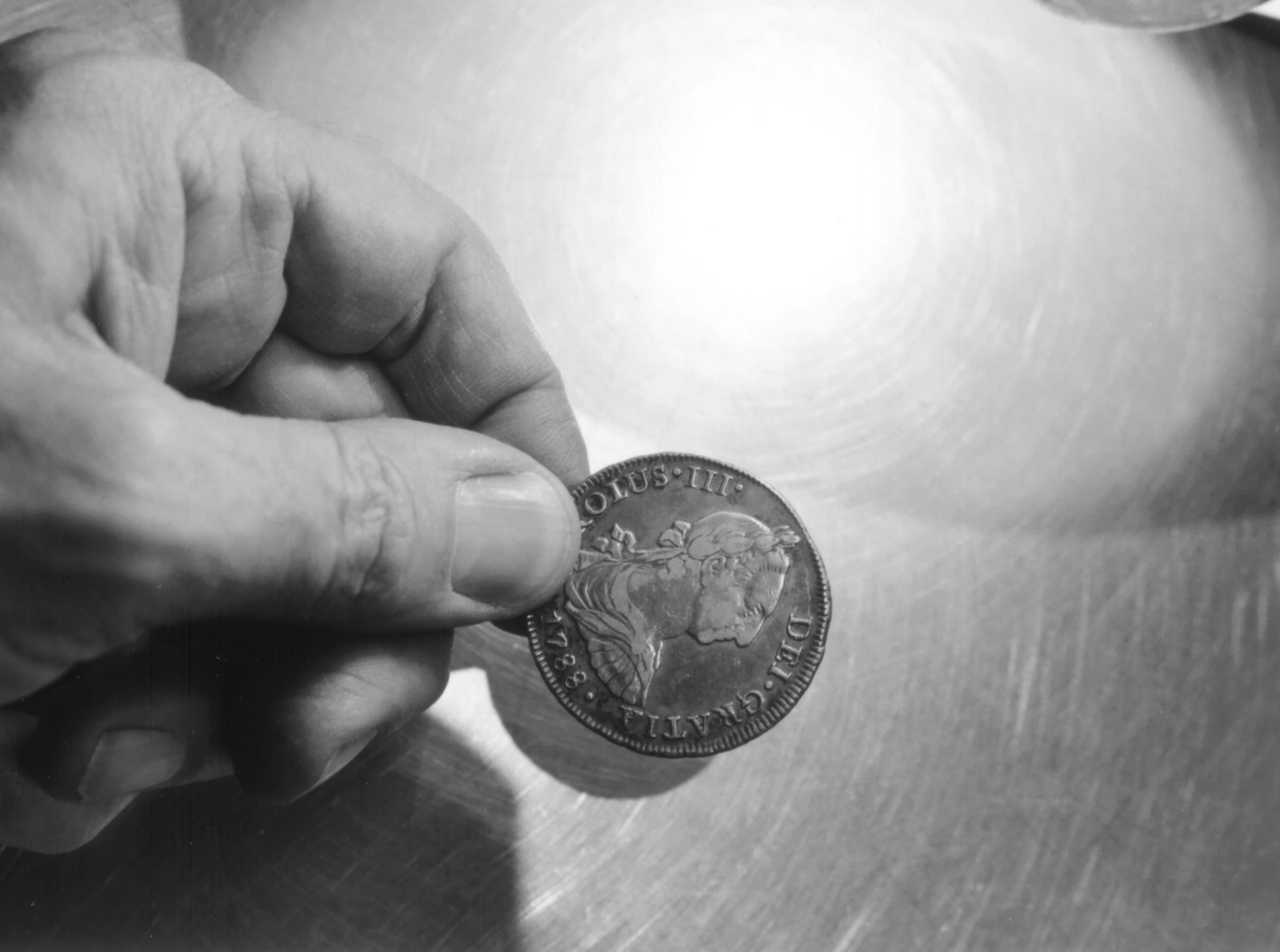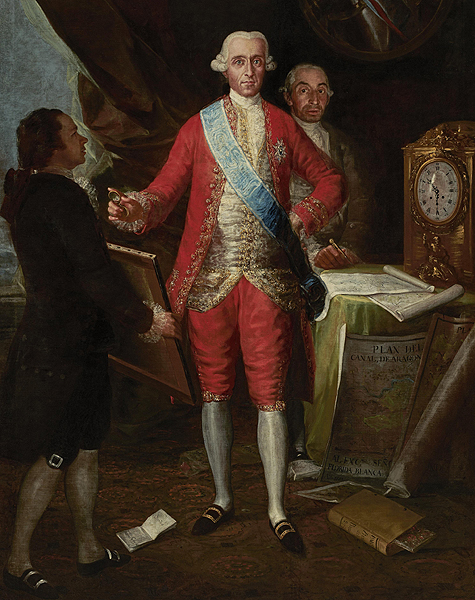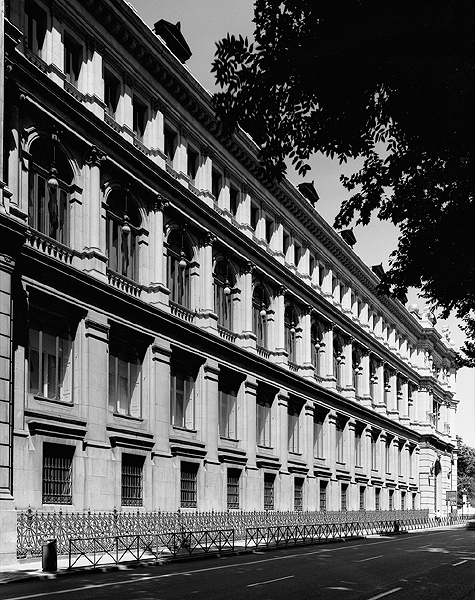
About us
From "vales reales" to the euro
The Banco de España![]() is Spain's national central bank. Together with the European Central Bank
is Spain's national central bank. Together with the European Central Bank![]() , it is tasked with overseeing the Spanish banking system. It boasts a long history
, it is tasked with overseeing the Spanish banking system. It boasts a long history![]() as the world's third-oldest central bank, after Sweden's Sveriges Riksbank (1668) and the Bank of England (1694).
as the world's third-oldest central bank, after Sweden's Sveriges Riksbank (1668) and the Bank of England (1694).
The origins of the institution can be traced back to 1782, when its predecessor, the Banco Nacional de San Carlos![]() , was founded during the reign of Charles III. The initial plan for a central bank was submitted by a young merchant, Francisco de Cabarrús to the then prime minister, the Count of Floridablanca. Its primary mission was to provide financial support for the state, by facilitating the circulation of vales reales, or promissory notes (public debt) which could be exchanged for cash. From the outset, though, it was also assigned other tasks, such as providing food and clothing for the armed forces, attending to the Crown's payments abroad, combating usury and providing credit for trade and industry. It was responsible for issuing Spain's first banknotes, known as the Banco de San Carlos cédulas (warrants). However, these did not prove popular.
, was founded during the reign of Charles III. The initial plan for a central bank was submitted by a young merchant, Francisco de Cabarrús to the then prime minister, the Count of Floridablanca. Its primary mission was to provide financial support for the state, by facilitating the circulation of vales reales, or promissory notes (public debt) which could be exchanged for cash. From the outset, though, it was also assigned other tasks, such as providing food and clothing for the armed forces, attending to the Crown's payments abroad, combating usury and providing credit for trade and industry. It was responsible for issuing Spain's first banknotes, known as the Banco de San Carlos cédulas (warrants). However, these did not prove popular.
In 1829, an agreement was reached whereby the Banco Nacional de San Carlos waived a debt of almost 310 million reales owed to it by the government in exchange for the transfer to its shareholders of 40 million reales in shares in the Banco de San Fernando![]() , which had been established by a royal decree of Ferdinand VII on 9 July that year. A key role was played in the process by jurist Pedro Sainz de Andino, who drafted the statutes of the new institution. The new institution was founded as a bank of issue and a discount house and was granted the exclusive right to issue banknotes. These were payable on demand in Madrid but could —and did— circulate elsewhere in Spain.
, which had been established by a royal decree of Ferdinand VII on 9 July that year. A key role was played in the process by jurist Pedro Sainz de Andino, who drafted the statutes of the new institution. The new institution was founded as a bank of issue and a discount house and was granted the exclusive right to issue banknotes. These were payable on demand in Madrid but could —and did— circulate elsewhere in Spain.
In 1847 it merged with the Banco de Isabel II![]() , a private bank founded to promote trade that had introduced important innovations into Spanish financial practice. The union, undertaken at a time of deep economic and political crisis, was not without its difficulties, but it eventually succeeded, further strengthening the bank's position. This success would not have been possible without the reforms undertaken in the early 1850s by Ramón de Santillán, who was appointed as the first governor in 1856, when the institution adopted its current name, Banco de España.
, a private bank founded to promote trade that had introduced important innovations into Spanish financial practice. The union, undertaken at a time of deep economic and political crisis, was not without its difficulties, but it eventually succeeded, further strengthening the bank's position. This success would not have been possible without the reforms undertaken in the early 1850s by Ramón de Santillán, who was appointed as the first governor in 1856, when the institution adopted its current name, Banco de España.
Two decades later, as the national bank, it obtained a monopoly on the issue of banknotes. The peseta became the country's basic unit of currency, a position it retained until 1999, when the euro became the official currency of the member states of the European Monetary System, which now share a common monetary policy.
![Antonio Maria de Esquivel: Retrato de Sainz de Andino (1838) [Portrait Sainz de Andino (1838)]](/f/webca/ADS/Historia/QScompl02.jpg)
![Serie Edificio Banco de España (1981-2001) [Banco de España Building Series (1981-2001]. Photograph by Javier Campano](/f/webca/ADS/Historia/QScompl01b.jpg)

